As building codes and safety regulations evolve, many once-common home features are being deemed too hazardous to remain in use. Advancements in fire prevention, environmental protection, and structural safety have prompted lawmakers to phase out certain materials and design elements. In 2025 and beyond, homeowners may need to replace or modify dangerous features to comply with new laws and ensure their properties remain safe. While some of these changes may seem inconvenient, they are designed to reduce health risks, improve energy efficiency, and prevent costly accidents. From outdated wiring to toxic building materials, these hazardous home features are on their way out—and for good reason.
1. Outdated Septic Systems

Many older homes rely on outdated septic systems that pose serious environmental risks. Leaking or improperly functioning systems can contaminate groundwater, spreading harmful bacteria and toxins. Newer regulations aim to phase out outdated septic tanks in favor of eco-friendly alternatives. Homeowners may soon be required to upgrade to modern aerobic treatment units or connect to municipal sewer systems. The costs of these upgrades can be substantial, but failing septic systems can lead to major fines and environmental damage.
In 2025, stricter laws will likely enforce regular inspections and upgrades for septic systems in high-risk areas. Properties near lakes, rivers, or wetlands may face even tighter restrictions due to the potential for water contamination. Government incentives may be introduced to help homeowners cover the costs of transitioning to safer systems. As environmental concerns grow, laws will continue to push for cleaner wastewater management. Outdated septic systems will soon be a thing of the past.
2. Lead Water Pipes

Lead water pipes were commonly used in plumbing until the dangers of lead poisoning became widely recognized. Even small amounts of lead in drinking water can cause severe health problems, particularly in children and pregnant women. Many cities have already started replacing lead pipes in public water systems, but private homes still contain thousands of miles of lead plumbing. Upcoming laws are expected to mandate the full removal of lead pipes in homes built before the 1980s. Federal and state governments may offer funding to help homeowners cover replacement costs.
In 2025, stricter regulations may require home inspections for lead plumbing before a property can be sold. Water quality testing will likely become mandatory in areas with known lead contamination risks. Many municipalities are setting deadlines for replacing lead service lines connecting homes to public water supplies. Failure to comply with new laws could result in hefty fines or even restrictions on selling non-compliant properties. With growing awareness of water safety, lead pipes will soon be fully phased out.
3. Non-Grounded Electrical Outlets

Many older homes still use two-prong, non-grounded outlets that lack the safety features of modern three-prong designs. Without proper grounding, electrical surges can damage appliances and increase the risk of electrical fires. New building codes are pushing for the elimination of non-grounded outlets, requiring homeowners to install grounded or GFCI (ground fault circuit interrupter) outlets. In rental properties, landlords may soon be required to update electrical outlets for tenant safety. These upgrades improve electrical efficiency and reduce the risk of shock hazards.
In 2025, stricter laws may require homeowners to update wiring systems that rely on non-grounded outlets. Home insurance providers may also refuse coverage for properties with outdated electrical infrastructure. Electricians recommend replacing non-grounded outlets with AFCI (arc-fault circuit interrupter) outlets, which provide added fire protection. While rewiring a home can be costly, it significantly improves electrical safety. As electrical standards evolve, non-grounded outlets will no longer be allowed in residential properties.
4. Aluminum Wiring

Aluminum wiring was widely used in homes between the 1960s and 1970s due to its low cost. However, over time, aluminum expands and contracts more than copper wiring, which can cause connections to loosen and lead to electrical fires. Additionally, aluminum is more prone to oxidation, which increases the risk of short circuits. While not all homes with aluminum wiring are at risk, many insurance companies now refuse to cover properties that have it. New regulations are encouraging homeowners to replace aluminum wiring with safer copper alternatives.
By 2025, stricter building codes will require homeowners to either replace or repair aluminum wiring in older homes before they can be sold. Homes with aluminum wiring will need to meet updated electrical standards that reduce the risk of fire and electrical shock. The cost of upgrading can be high, but it improves the overall safety of the home. Many insurance providers will require proof of proper electrical upgrades before issuing policies. With fire safety concerns top of mind, aluminum wiring will be phased out in favor of safer and more reliable materials.
5. Dangerous Gas Appliances
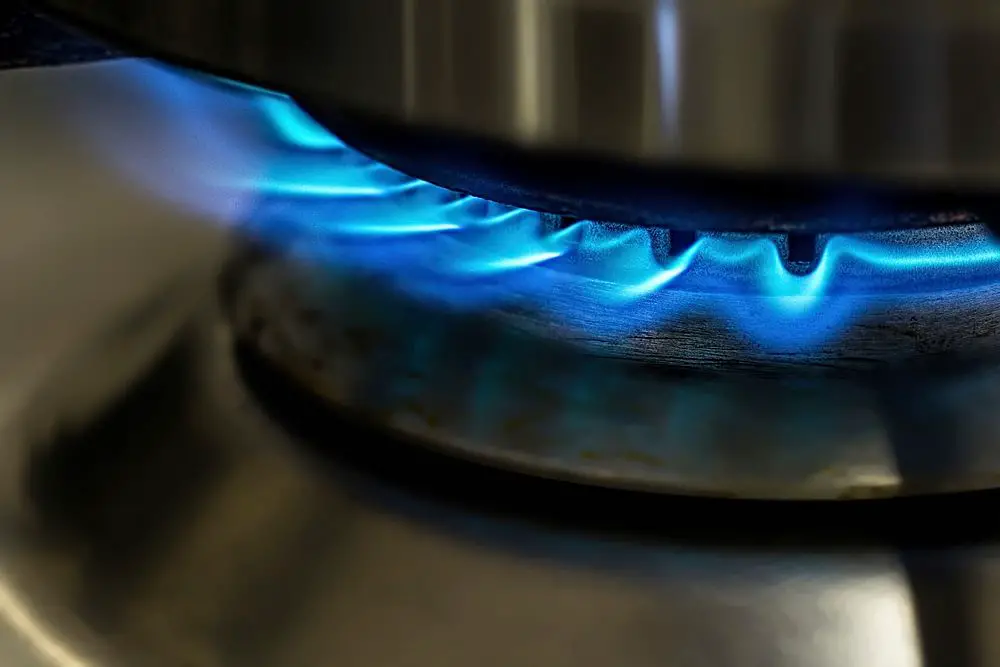
Gas-powered appliances, such as stoves, furnaces, and water heaters, have been linked to numerous safety concerns, including carbon monoxide poisoning and gas leaks. Poorly maintained or outdated gas appliances can pose a serious risk to homeowners, especially in the event of a malfunction. In response to growing health and safety concerns, local governments are pushing for the replacement of certain gas-powered appliances with electric or hybrid models. New regulations may require regular inspections and certifications for gas appliances to ensure they meet safety standards.
By 2025, more regions are likely to introduce laws that mandate the installation of safer electric alternatives in both residential and commercial buildings. Gas-powered furnaces, water heaters, and stoves may be phased out in favor of electric versions that do not present the same risks. Energy-efficient electric appliances are now more affordable and widely available, making them an attractive option for homeowners looking to reduce both their energy bills and carbon footprint. As part of environmental initiatives, many areas will likely offer rebates and incentives to encourage homeowners to make the switch. The days of hazardous gas appliances will soon be numbered.
6. High-Flow Toilets

Older, high-flow toilets use excessive amounts of water to flush waste, which is not only wasteful but also costly in areas with water scarcity. In the past, toilets could use up to 7 gallons of water per flush, but new laws have capped this at a maximum of 1.6 gallons per flush in the United States. Many states have already introduced legislation requiring water-saving toilets, with more expected to follow in 2025. These new regulations aim to reduce water consumption, conserve resources, and save homeowners money on water bills.
In 2025, many homeowners will be required to replace older, high-flow toilets with more water-efficient models to meet updated environmental standards. Water-saving toilets are now widely available and come in several types, including low-flow and dual-flush models. While the cost of replacing toilets can be high, the long-term savings on water bills make it a worthwhile investment. Local governments may also offer rebates to homeowners who make the switch, making the transition more affordable. High-flow toilets are quickly becoming obsolete in light of new conservation efforts and water use restrictions.
7. Asbestos Insulation and Flooring
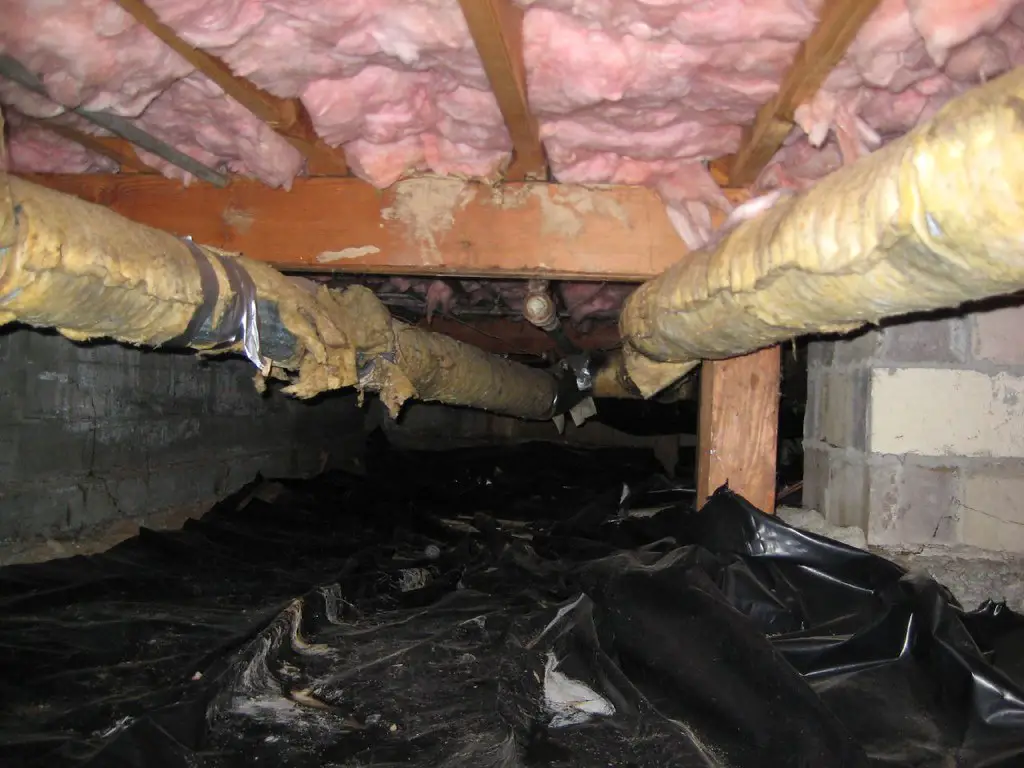
Once prized for its fire-resistant properties, asbestos was widely used in insulation, flooring, and ceiling tiles until its health dangers became apparent. When asbestos fibers become airborne, they can be inhaled, leading to lung diseases like asbestosis, lung cancer, and mesothelioma. While asbestos has been banned in new construction, many older homes still contain it. New regulations are pushing for more aggressive removal efforts, particularly in homes undergoing renovations. The costs of asbestos abatement can be high, but failure to comply with removal laws may result in legal penalties.
In 2025, new laws will likely require stricter asbestos testing before home sales and remodeling projects. Homeowners may be mandated to replace asbestos-laden insulation, floor tiles, and textured ceiling coatings. Insurance companies are also tightening policies, refusing coverage for homes with known asbestos hazards. As more awareness campaigns highlight the dangers of long-term asbestos exposure, laws will continue to evolve to eliminate this harmful material. Future homebuyers may even demand proof of asbestos-free certification before making a purchase.
8. Lead-Based Paint
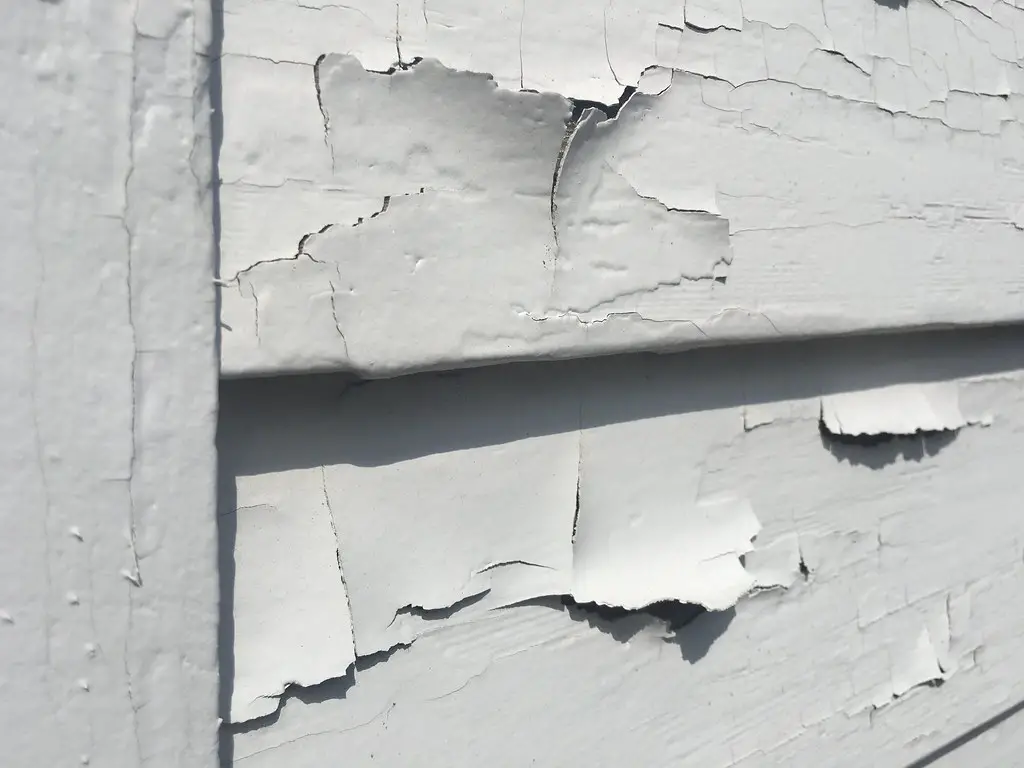
Lead-based paint was commonly used in homes before being banned in the U.S. in 1978, but many older properties still contain it. Lead exposure can cause severe health issues, especially in children, leading to cognitive impairments, developmental delays, and nervous system damage. As regulations tighten, more states are requiring lead testing and removal in older homes. Homeowners selling or renting properties may soon need to provide proof that lead-based paint has been safely remediated. The process of removing lead paint is expensive and must be handled by professionals to avoid contamination.
In 2025, stricter enforcement of lead abatement laws is expected, especially in urban areas with older housing stock. Renovation projects in homes built before the ban must follow strict guidelines to prevent lead dust from spreading. Landlords who fail to address lead hazards may face heavy fines or be required to cover medical costs for affected tenants. Even in homes where lead paint is sealed under layers of newer paint, future laws may mandate complete removal. As awareness of lead poisoning risks grows, homeowners will be required to phase out this dangerous material.
9. Single-Pane Windows
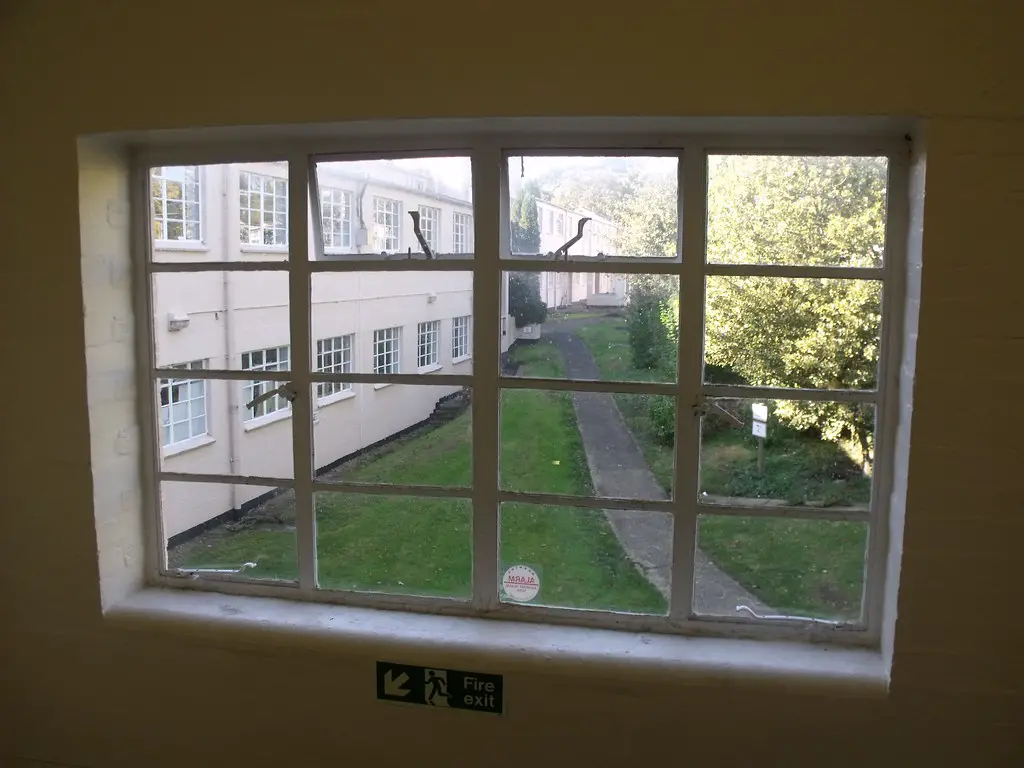
Single-pane windows were once standard in home construction, but they provide little insulation and are prone to breakage. These outdated windows contribute to significant energy loss, causing homeowners to spend more on heating and cooling. As energy efficiency standards become stricter, more regions are mandating the replacement of single-pane windows with double- or triple-pane alternatives. Not only do these modern windows improve insulation, but they also reduce noise pollution and enhance home security. Incentive programs and tax credits may be introduced to encourage homeowners to make the switch.
In 2025, laws could begin requiring window upgrades in rental properties and newly sold homes. Some states are already setting deadlines for phasing out single-pane windows in favor of energy-efficient alternatives. Homeowners who delay upgrades may face higher energy bills and difficulty selling their properties. Many cities are also implementing carbon reduction goals, making inefficient windows a target for elimination. As energy regulations tighten, single-pane windows will become a thing of the past.
10. Knob-and-Tube Wiring

Knob-and-tube wiring was a common electrical system in homes built before the 1950s, but it poses significant fire risks. This outdated wiring lacks a grounding system, making it more susceptible to electrical faults and short circuits. Many home insurers refuse to cover properties with active knob-and-tube wiring due to its high-risk nature. As electrical codes evolve, new laws are pushing for the mandatory replacement of these systems. Some regions have already begun requiring updated wiring in older homes before resale or major renovations.
In 2025, more states may pass legislation prohibiting the use of knob-and-tube wiring altogether. Homeowners who fail to upgrade their electrical systems may face fines or difficulty obtaining insurance. Replacing outdated wiring can be expensive, but it significantly improves fire safety and reduces electrical hazards. Electricians are already seeing increased demand for rewiring projects as homeowners prepare for stricter regulations. The push for safer, more efficient electrical systems means knob-and-tube wiring is on its way out.
11. Non-Energy Star Appliances
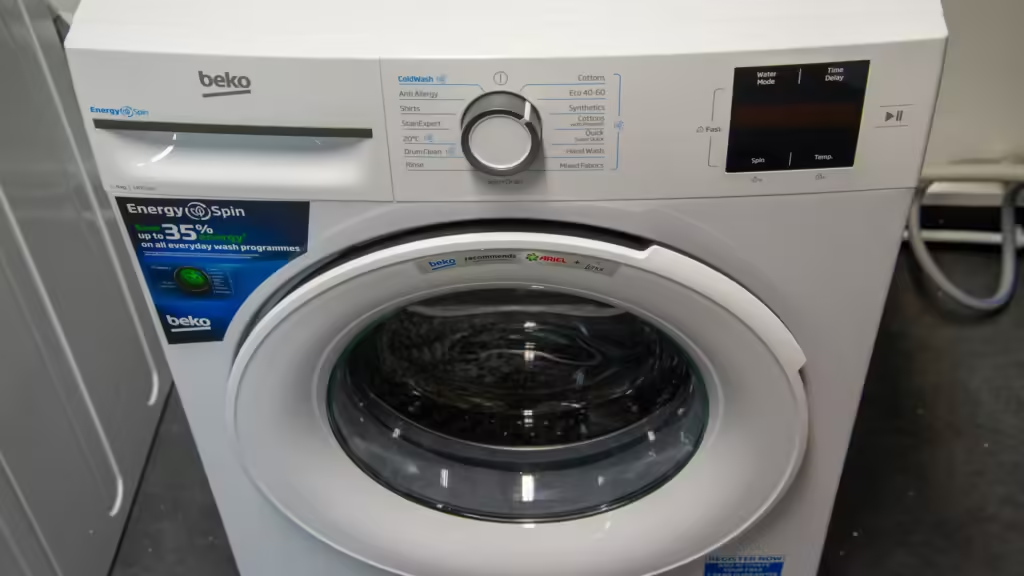
Appliances that lack the Energy Star label are increasingly becoming a target for elimination as energy efficiency standards grow stricter. These appliances use more energy, leading to higher utility bills and contributing to overall carbon emissions. In response, many states are enacting laws that will phase out non-Energy Star products, encouraging homeowners to replace them with more efficient models. New energy regulations require home appliances to meet specific energy-saving criteria, especially in regions with aggressive sustainability goals.
By 2025, homeowners may face legal requirements to upgrade their refrigerators, dishwashers, washing machines, and other appliances to meet new energy efficiency standards. Non-compliance with these new laws could result in fines or an inability to sell properties with outdated, inefficient appliances. Not only do Energy Star-rated appliances save homeowners money on energy costs, but they also help reduce their overall environmental footprint. Manufacturers are already producing energy-efficient alternatives in all categories of home appliances, making the transition both practical and affordable. As demand for eco-friendly options grows, non-Energy Star appliances will be phased out.
12. Pesticide-Heavy Landscaping Practices

While pesticide-heavy landscaping practices have been used for decades to maintain beautiful lawns and gardens, they come with significant environmental and health risks. Many common pesticides are linked to long-term health issues, including cancer, neurological disorders, and reproductive problems. Additionally, the excessive use of these chemicals can harm local wildlife, including bees, birds, and other pollinators that are essential for a healthy ecosystem. In recent years, new laws have started to phase out the use of harmful pesticides in favor of more natural, sustainable landscaping practices.
By 2025, more municipalities and states are expected to impose restrictions on the use of toxic chemicals for landscaping. Homeowners may be required to replace synthetic fertilizers and pesticides with organic alternatives that are safer for both human health and the environment. Landscaping companies will need to adopt greener, more sustainable practices to comply with local regulations. The push for pesticide-free gardens will also be part of a broader effort to protect biodiversity and combat the decline of pollinator populations. As natural gardening techniques become more popular, pesticide-heavy landscaping will no longer be a viable option.
